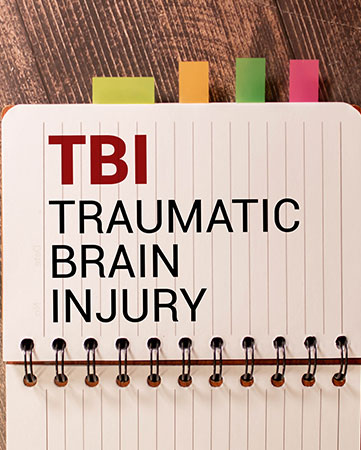Traumatic brain damage is one of the most common injuries in the United States, affecting more than 1.3 million people each year. According to the Centers for Disease Control and Prevention, approximately 166 people die each day as a result of traumatic brain injuries.
While falling is responsible for nearly half of all brain injuries in the nation, motor vehicle accidents are also significant contributors to TBIs as well.
What Are the Symptoms?
Traumatic brain injuries can cause a wide array of symptoms depending on where and how serious the injury is. According to the Mayo Clinic, symptoms of mild brain damage can include the following:
- Nausea and vomiting
- Headache
- Fatigue, dizziness and confusion
- Slurred speech, changes in vision and ringing in the ears
- Changes in mood and behaviors
Moderate to severe brain trauma involves seizures, loss of consciousness, pupil dilation, agitation, tingling in the extremities, muscle weakness and spasms. Symptoms may appear immediately after the incident or could take several hours or days to show.
What is the Cause and Effect of Brain Injuries?
Any sudden jolt or blow to the head can cause the brain to slam back and forth within the skull cavity. Hitting into the hard bone may result in bruising, inflammation and bleeding. In some cases, the brain may continue to swell, causing pressure to build within the skull cavity.
TBIs may result in short-term and long-term damage. It is critical to seek medical help as soon as possible following the accident. Doctors can assemble a team of interdisciplinary professionals to assess the damage and customize a treatment plan.


